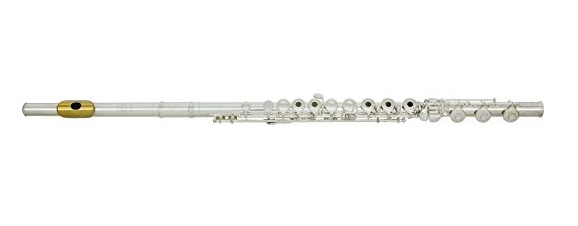
In all honesty, the vast majority of what Yamaha makes is of very good quality, whether you're looking at a beginner or high-end trumpet, a baritone horn, a saxophone, a french horn, or especially a keyboard. It, along with the Armstrong 104, not only make great beginner instruments, but can easily serve in the transition to more serious playing with the addition of a high-end head joint, which is one of the most important parts of the flute. The Yamaha YFL-222 is the perfect example of a tried-and-true design that promises to satisfy students and teachers alike. That said, there are a few models that are clearly superior, although they tend to cost a little more. And while Jupiter's woodwinds weren't always highly respected in the past, that's changed in recent years the Jupiter 511S is very much a quality flute, and provides another mid-range option for those who don't want to break the bank. The Pearl PF500 comes from a Japanese company that makes flutes and only flutes, and it incorporates some design elements that are usually reserved for high-end models. It's relatively affordable but still a passable instrument that many band leaders approve of. More recognizable brands tend to have more at stake when it comes to producing reliable instruments, and Conn-Selmer's Prelude FL711 is a good example of that.

But all three of those may present issues for intermediate players. The Gemeinhardt 1SP will last a bit longer than the Jean Paul, and its more finely made cousin the Gemeinhardt 2SP even longer. The Jean Paul FL-220 is one of the least expensive options that's actually more than a toy, although once a student reaches even moderate proficiency, you'll probably want to upgrade.

Flutes are precision-made instruments, so it's important to understand that you can't just pay as little as possible for one and expect to get a working and long-lasting unit.


 0 kommentar(er)
0 kommentar(er)
